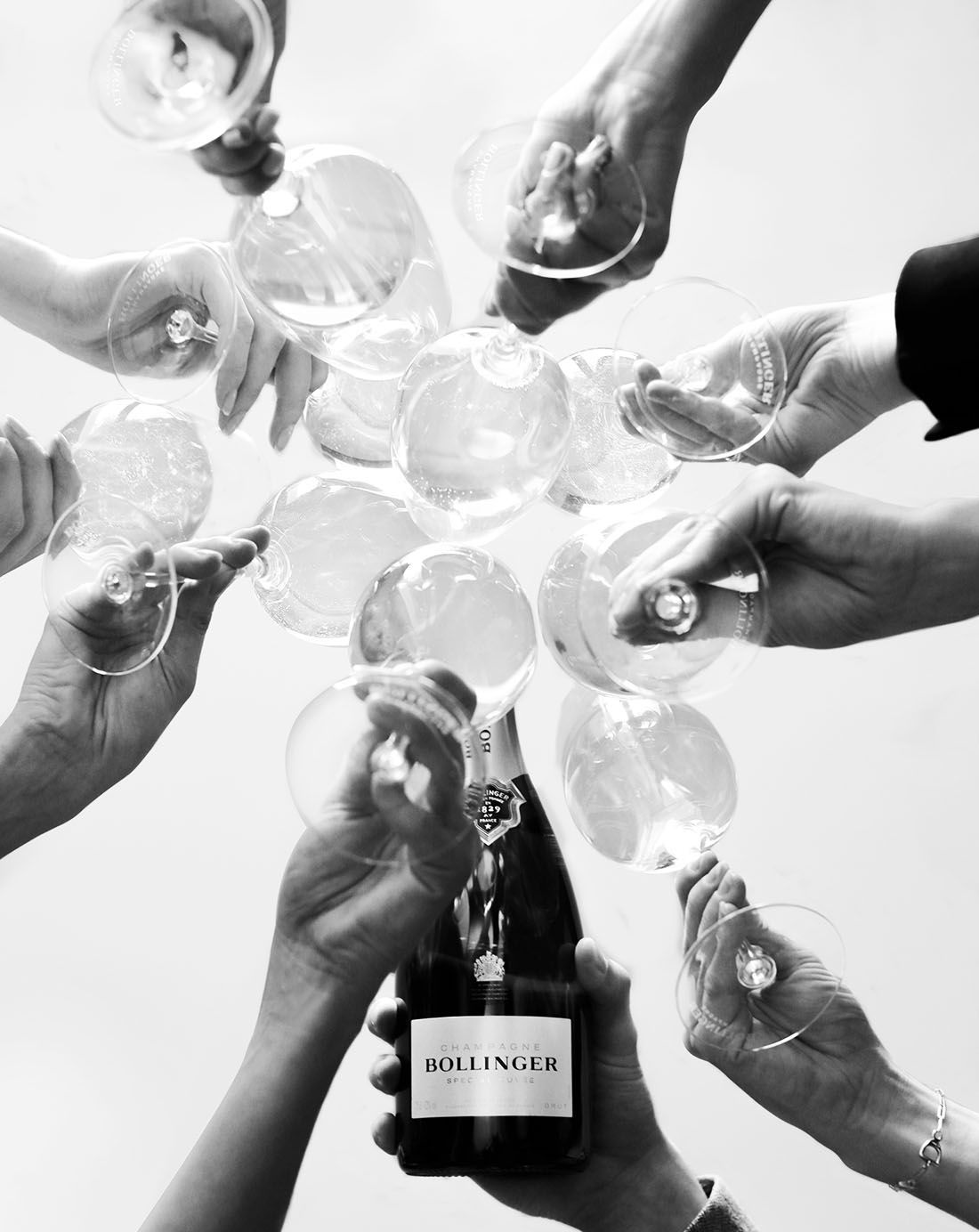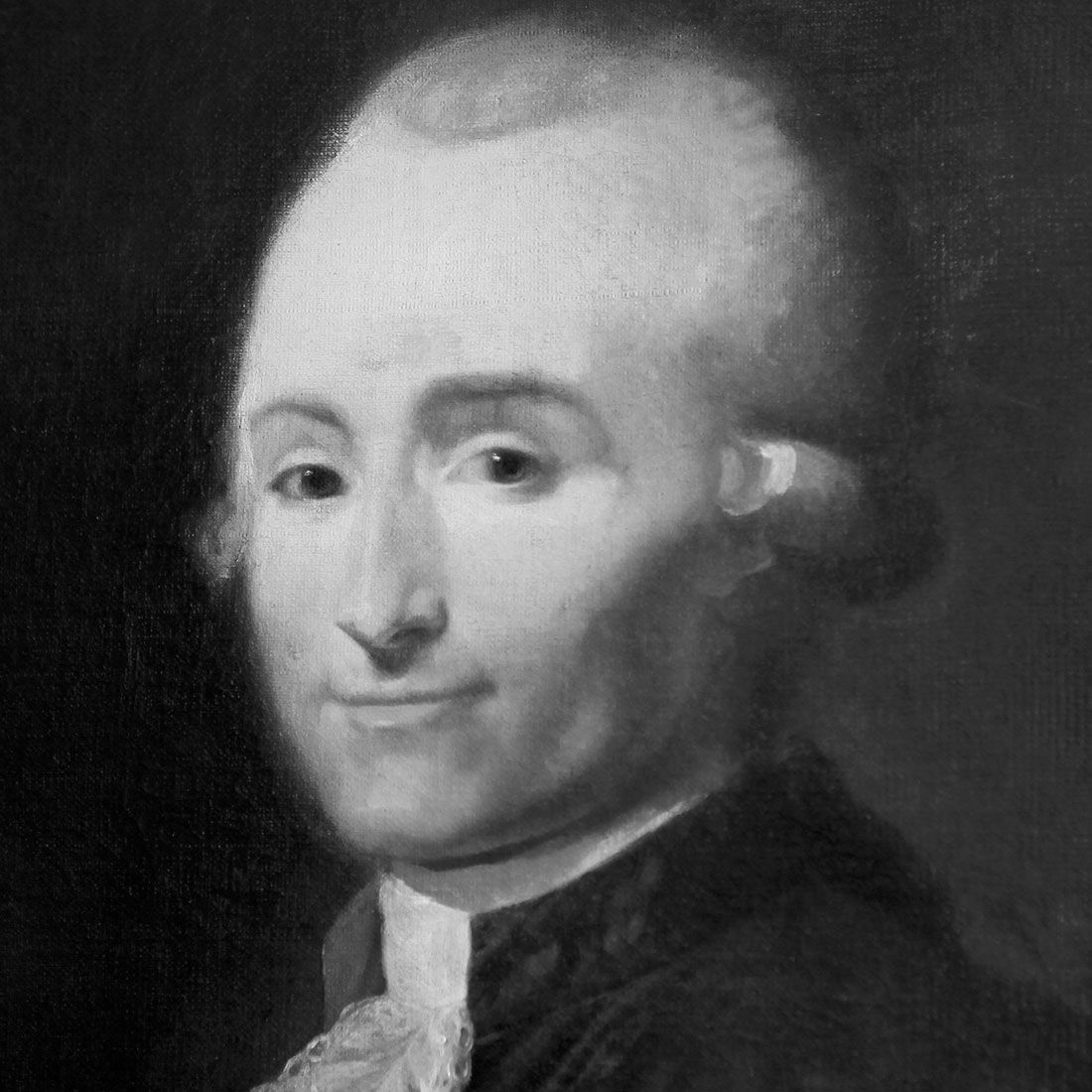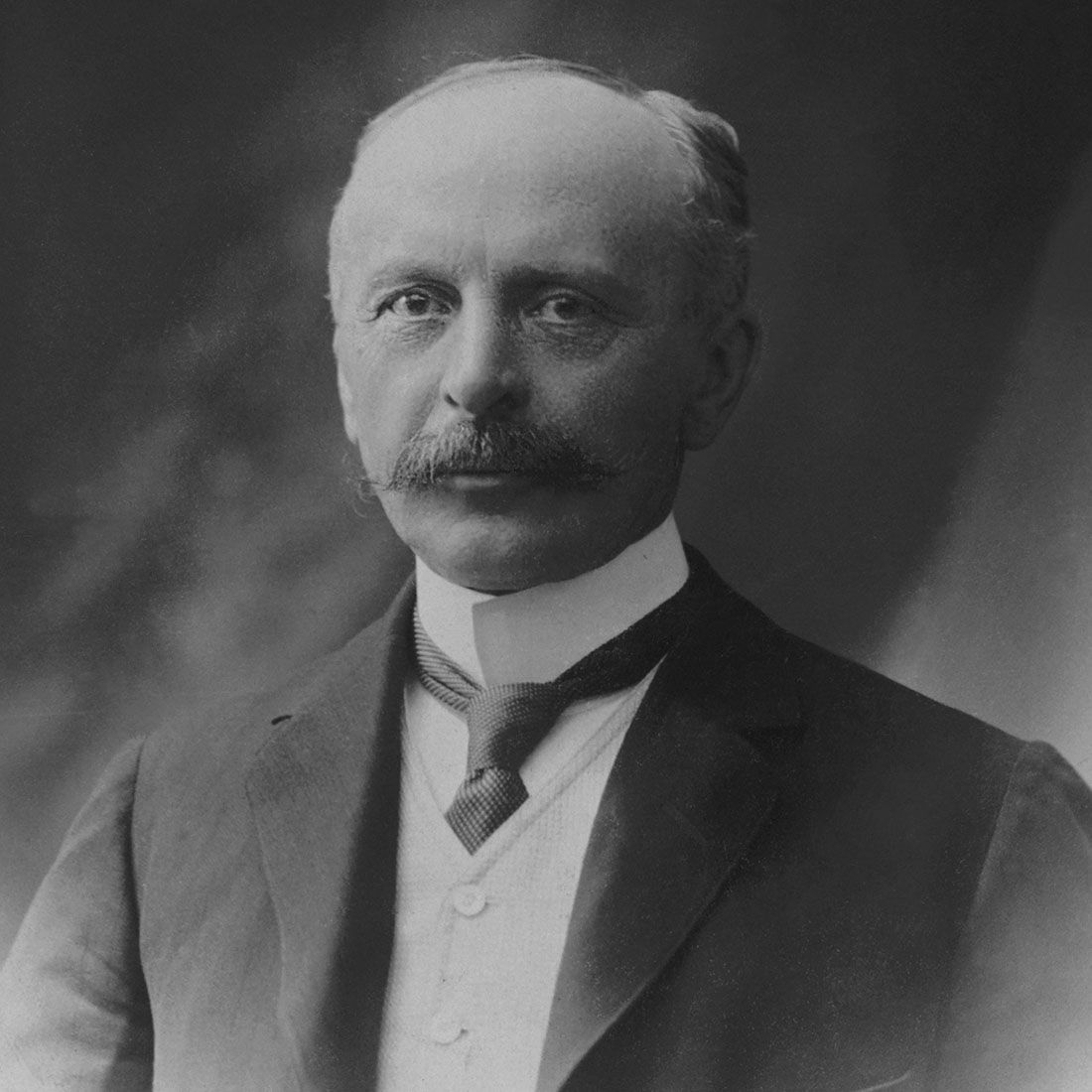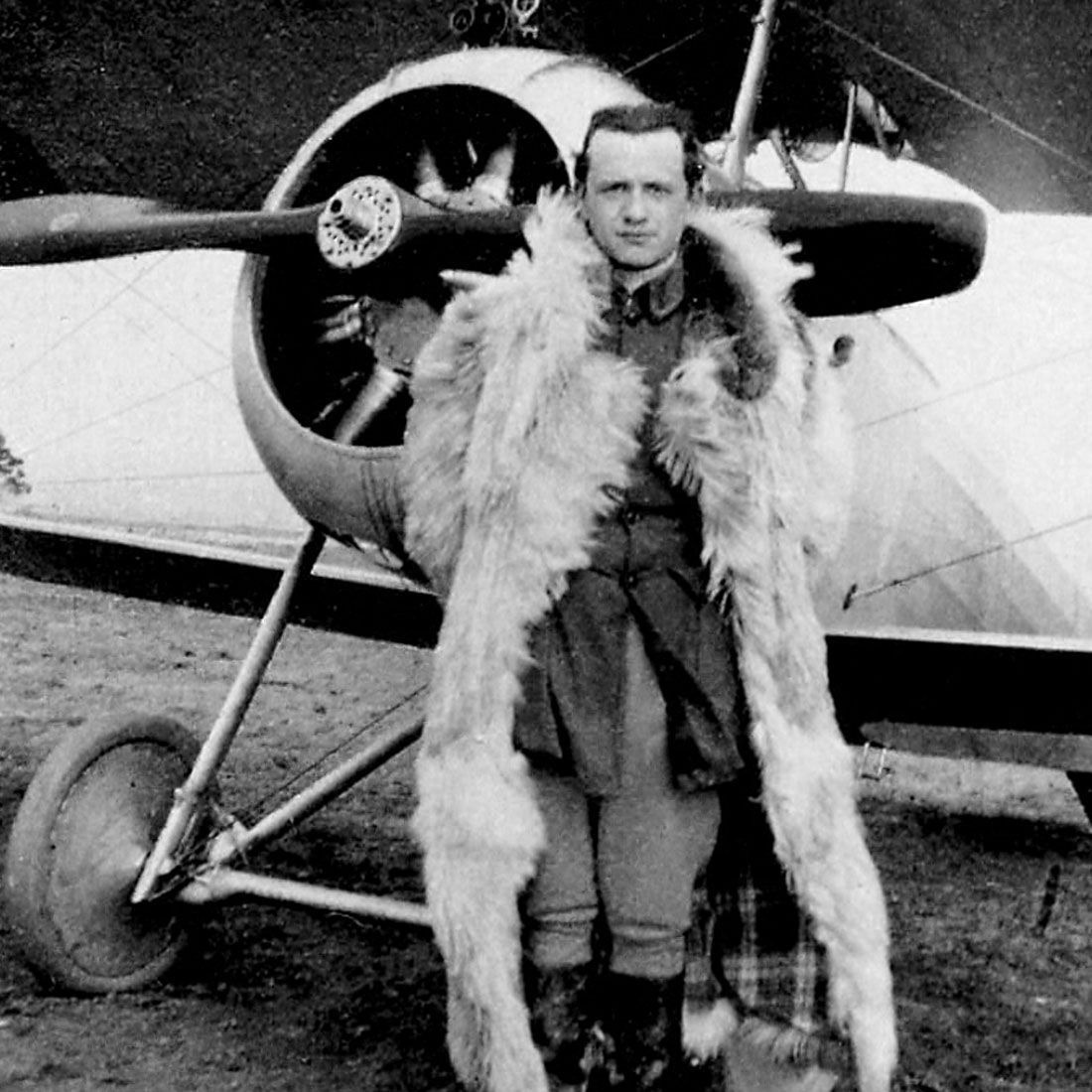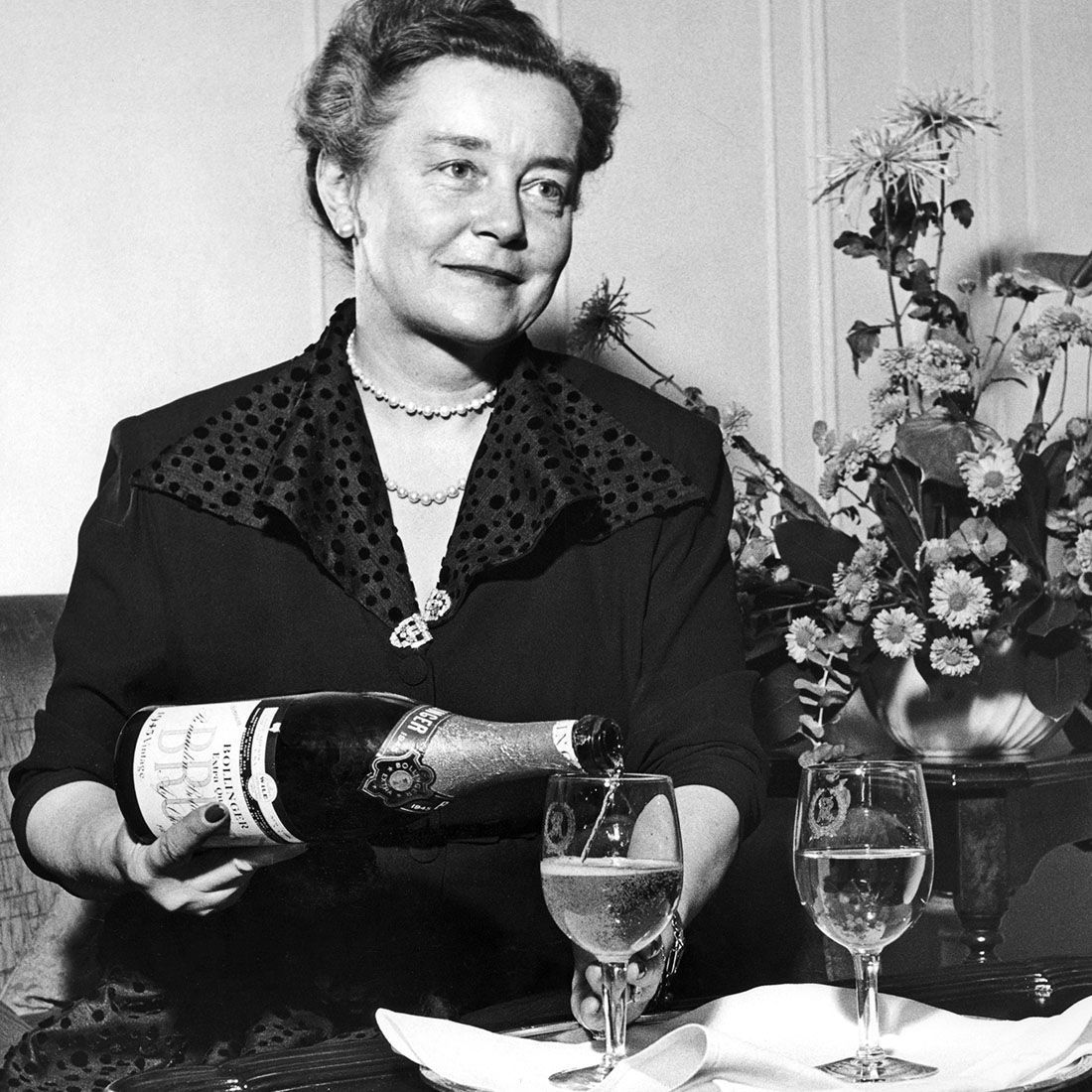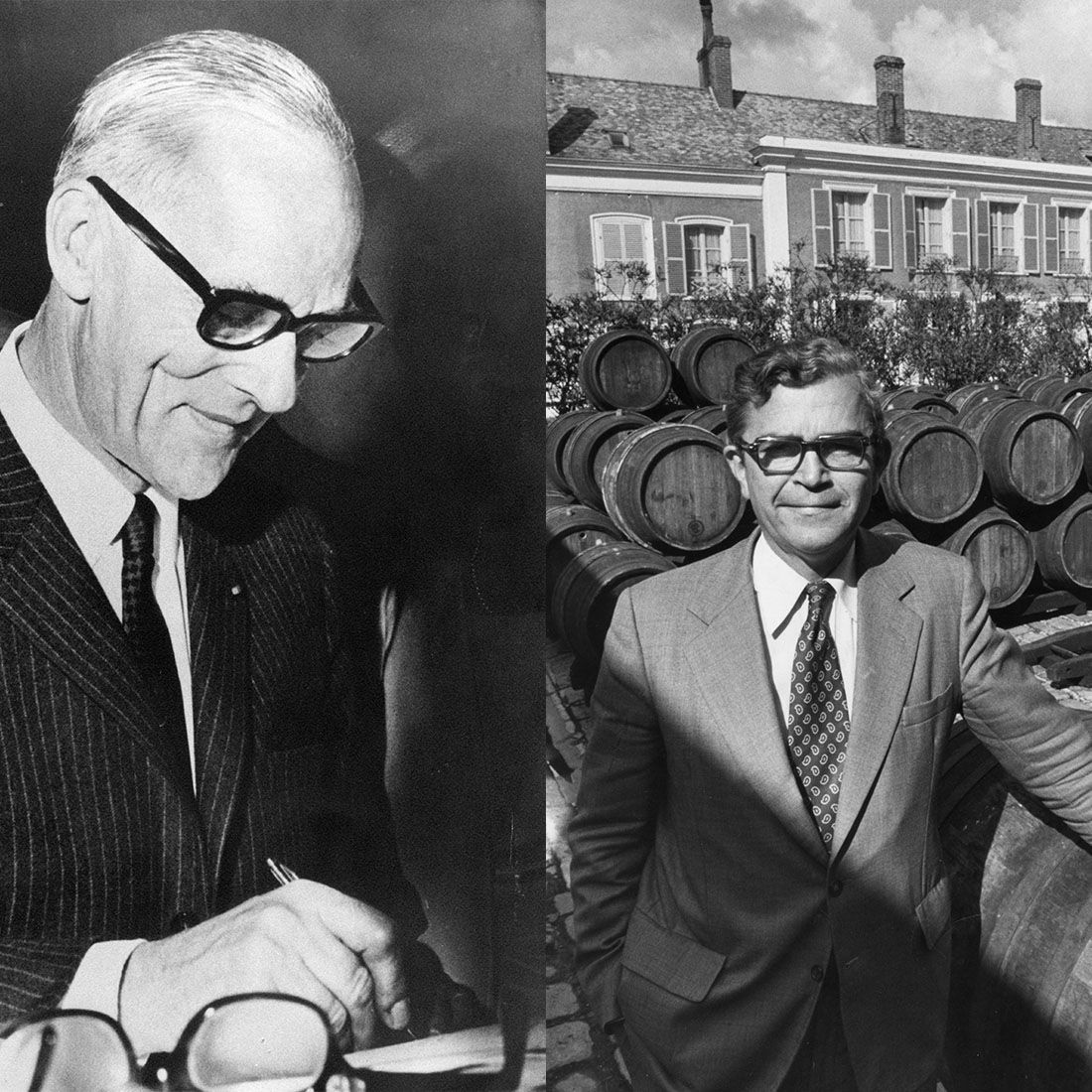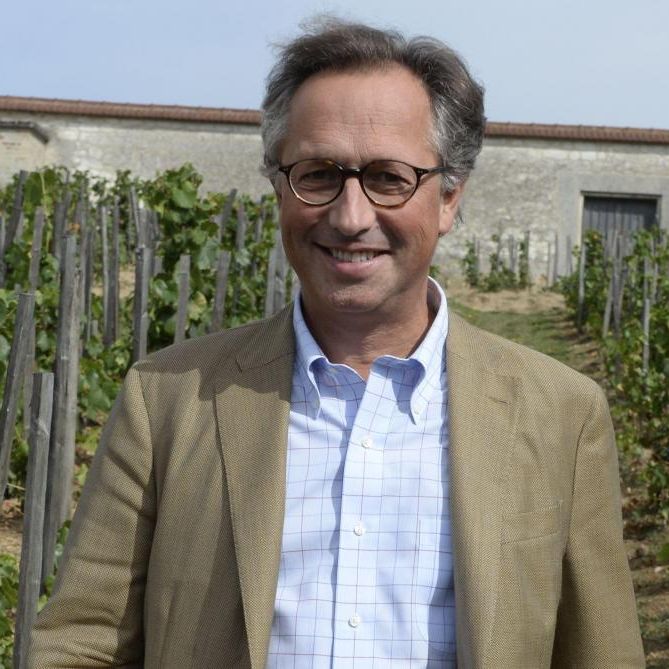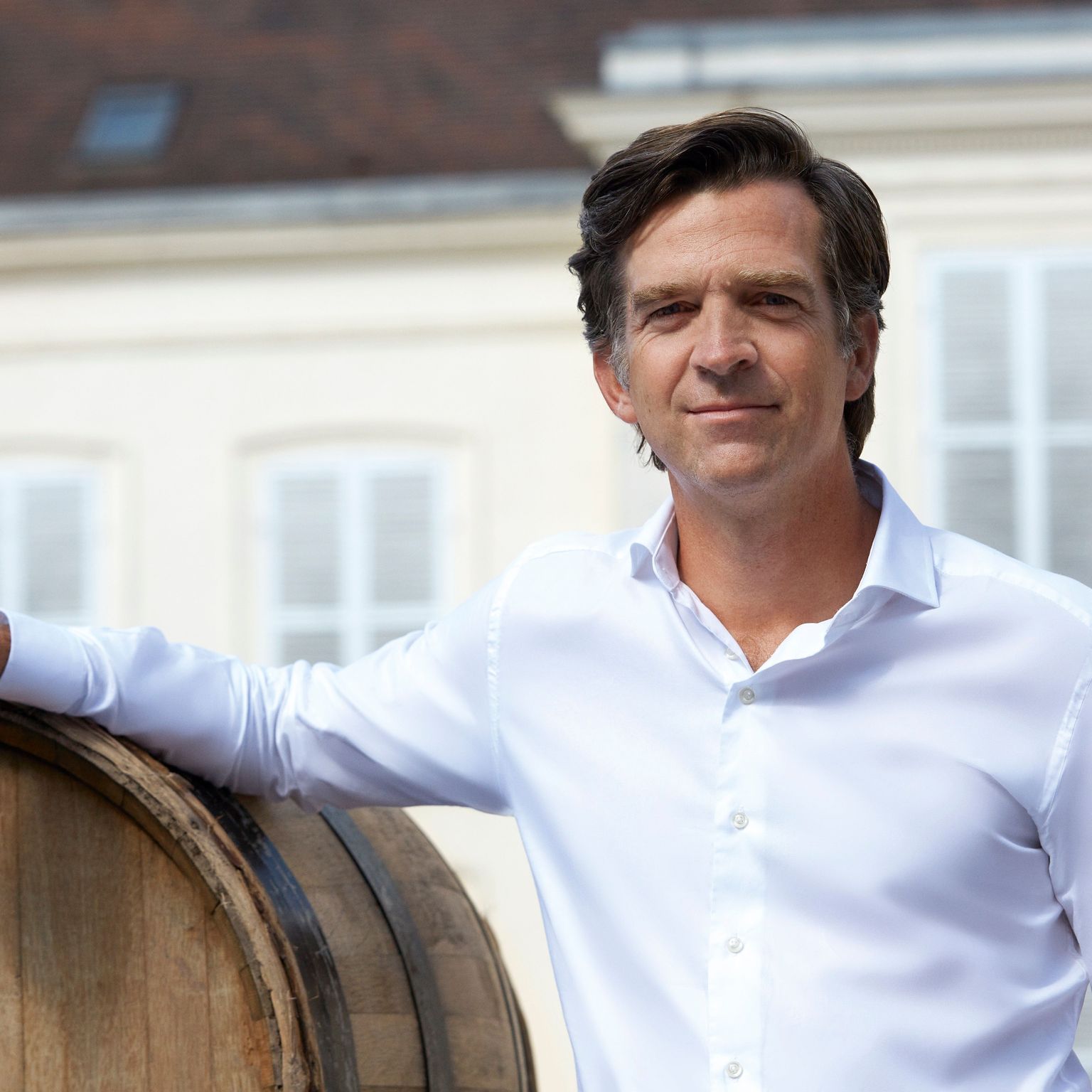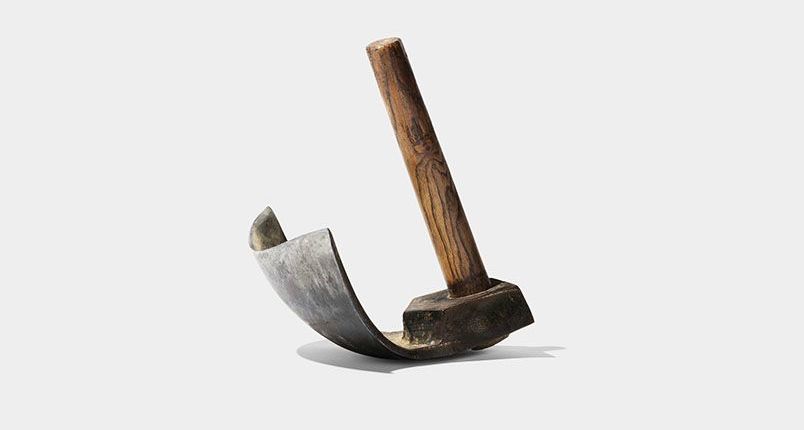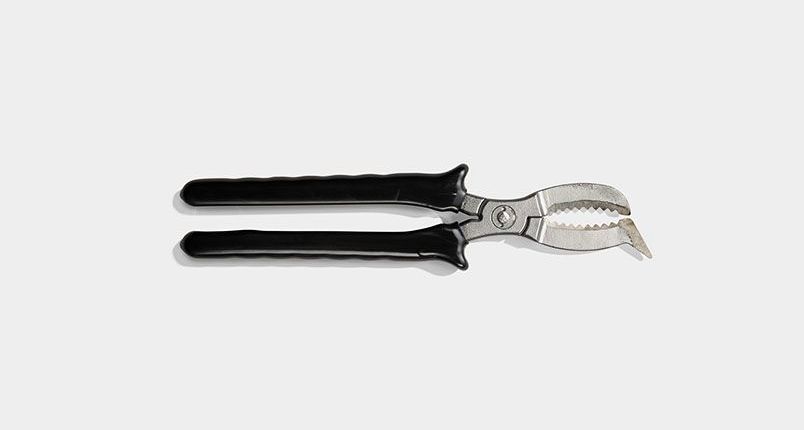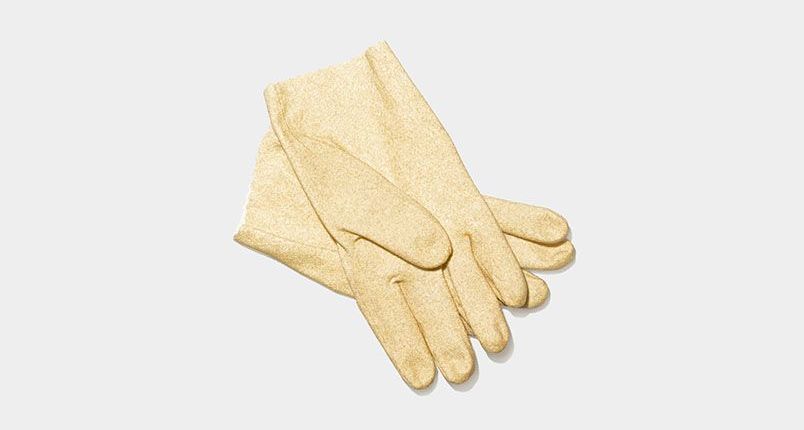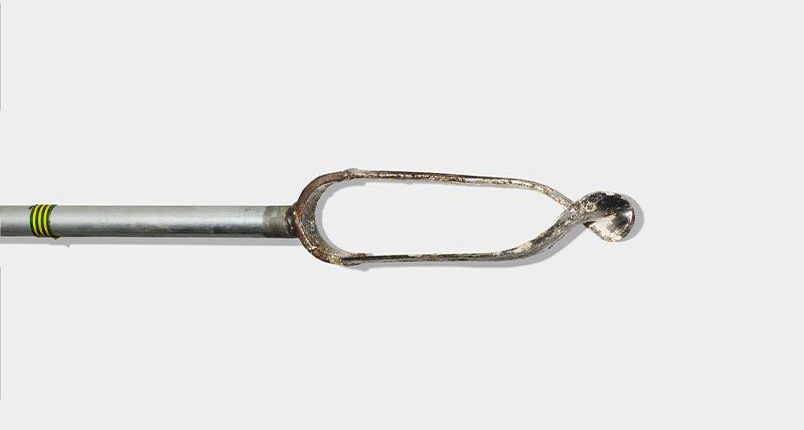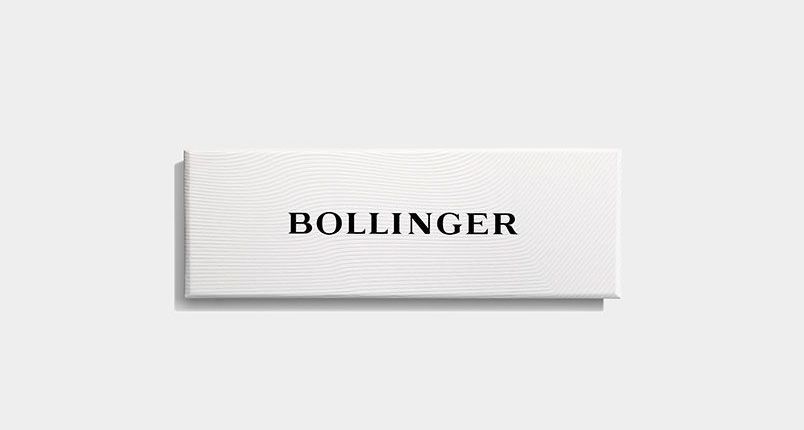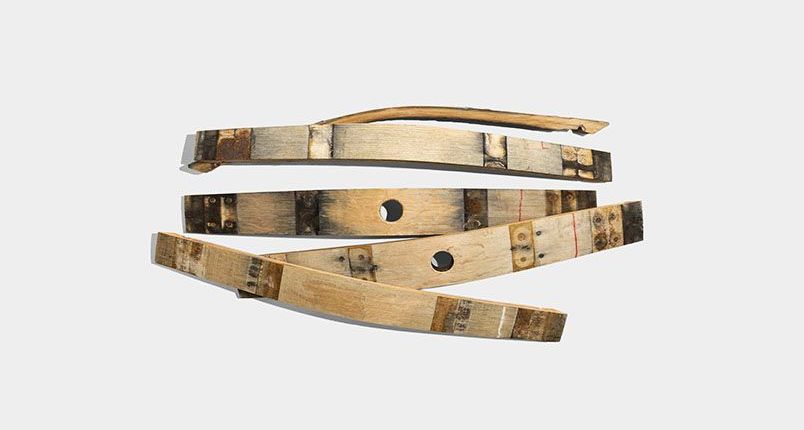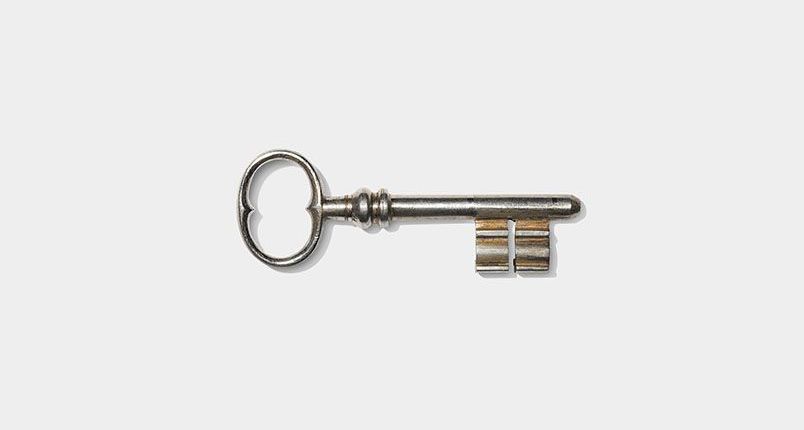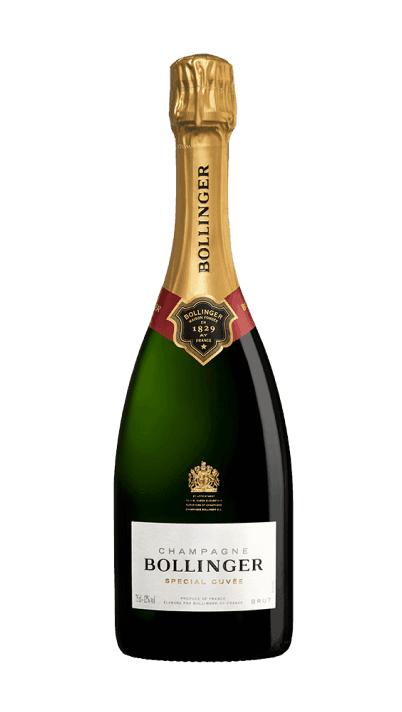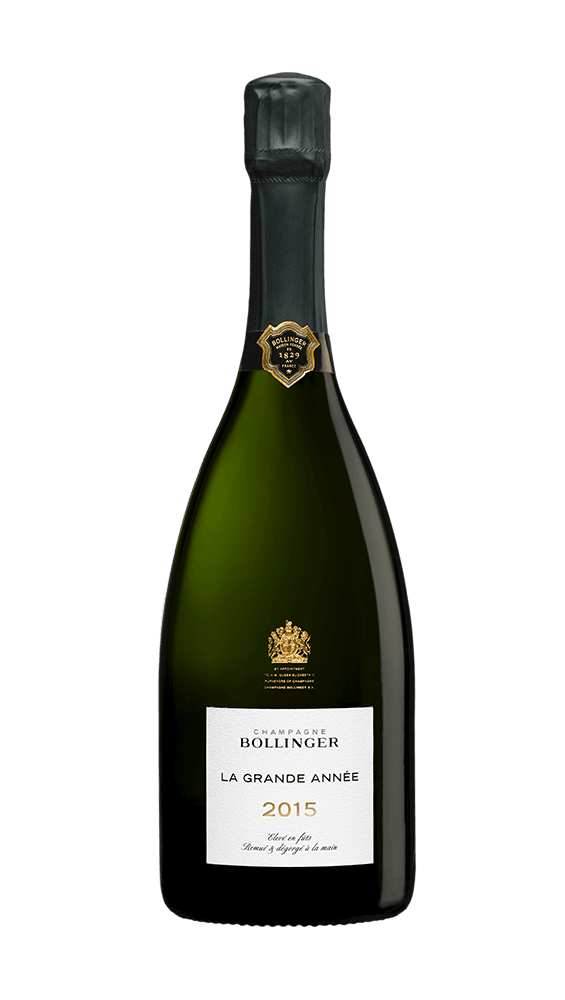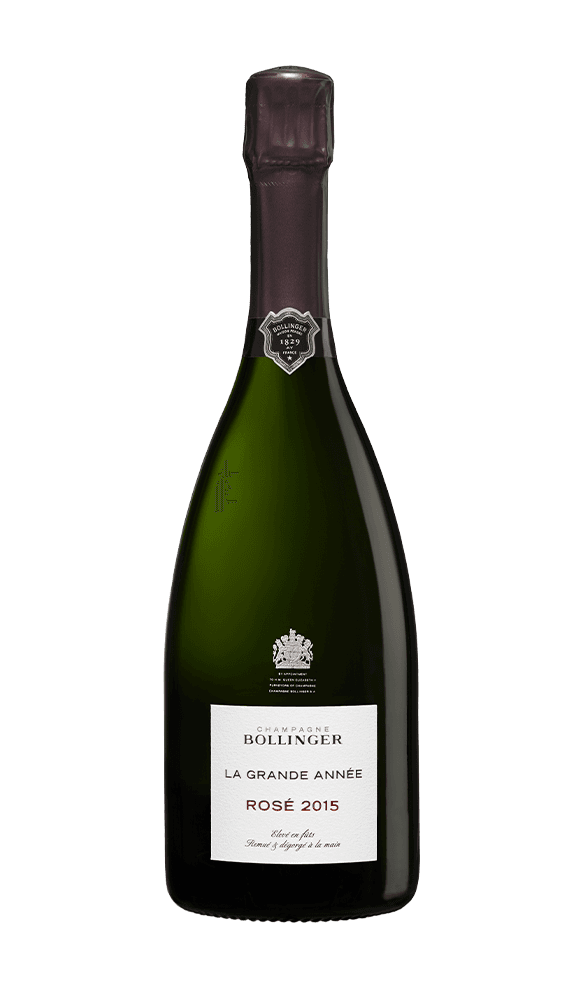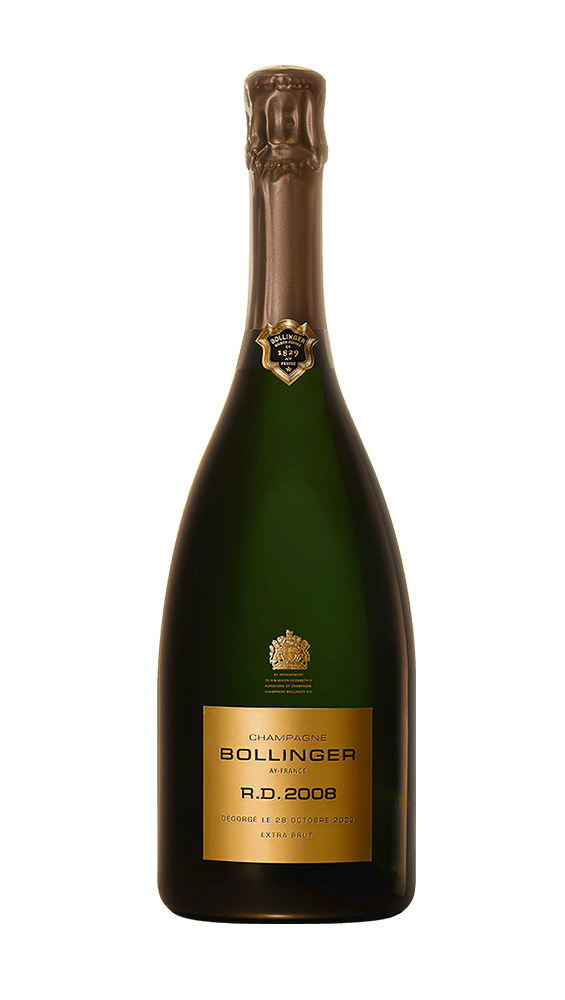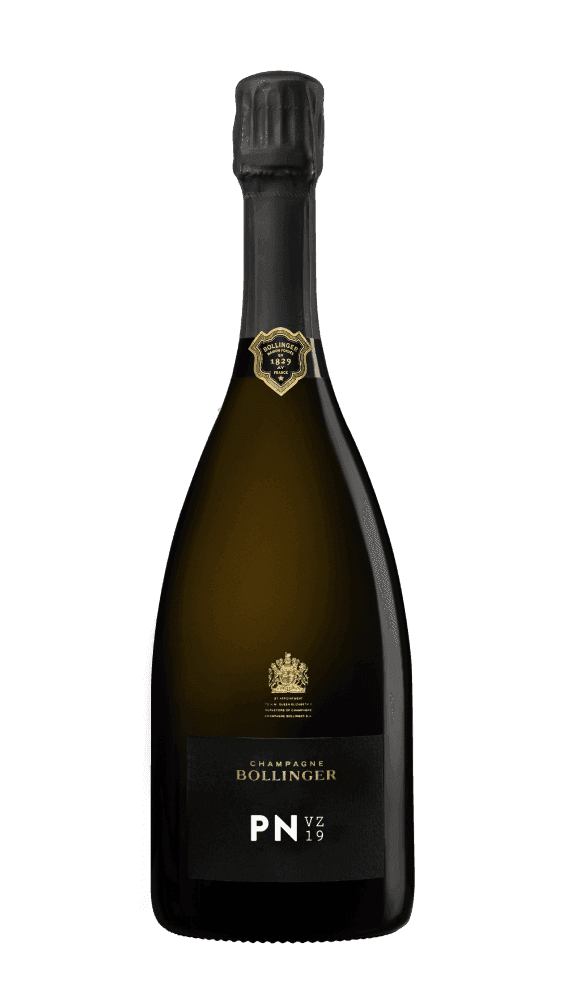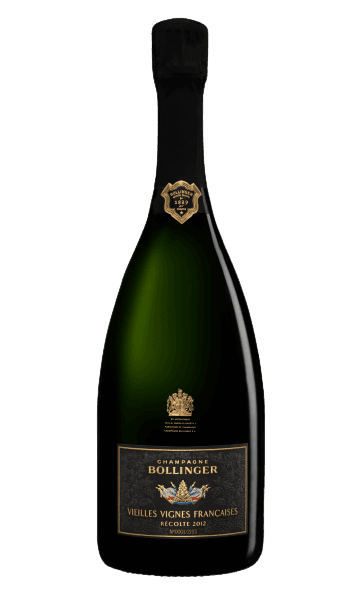Bollinger,
a most singular taste to be shared
To discover Champagne Bollinger is to meet one of the last great Champagne families and share special experiences among great wine connoisseurs.
Champagne Bollinger: the custodian of nearly 200 years of family heritage
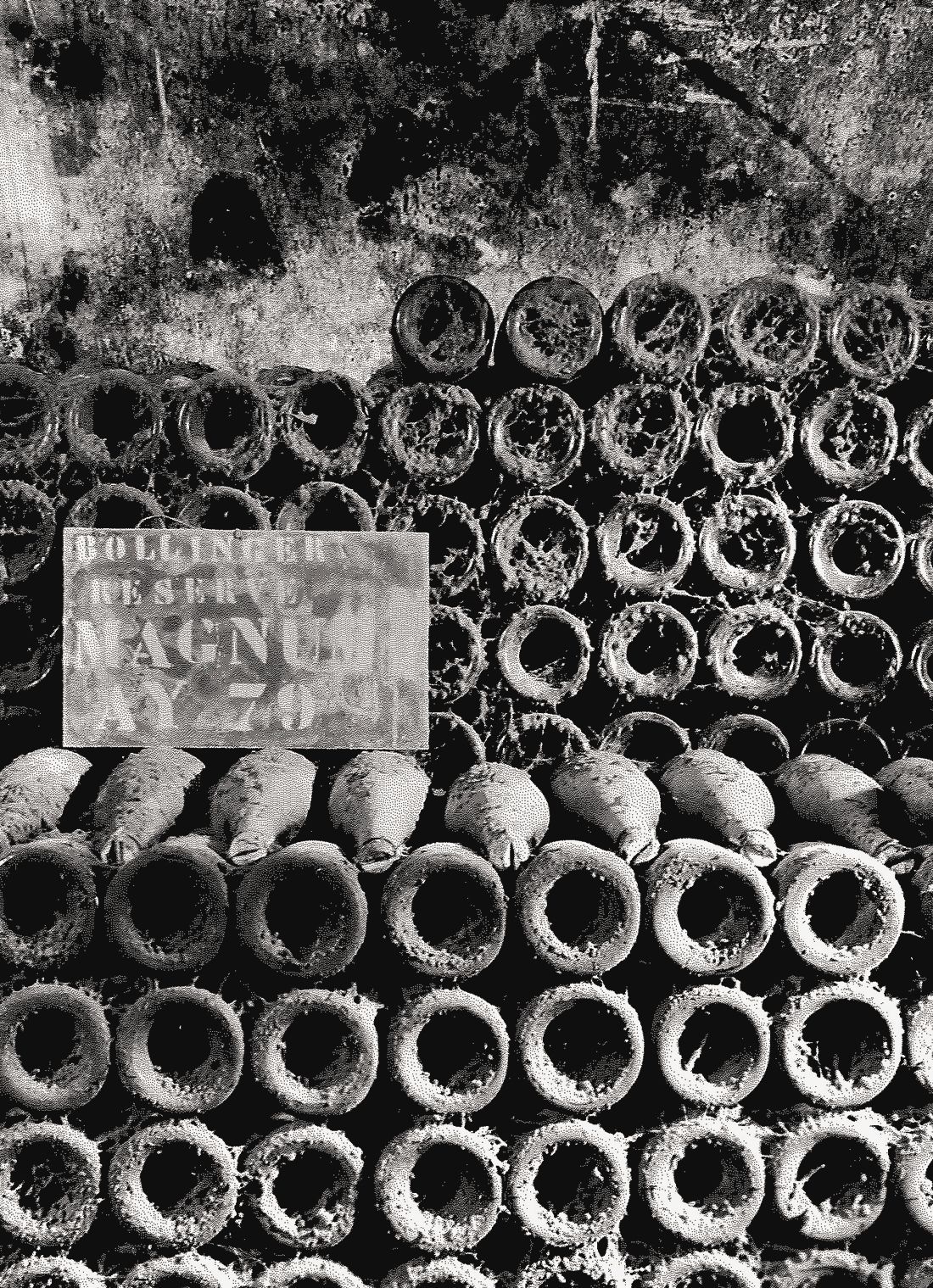
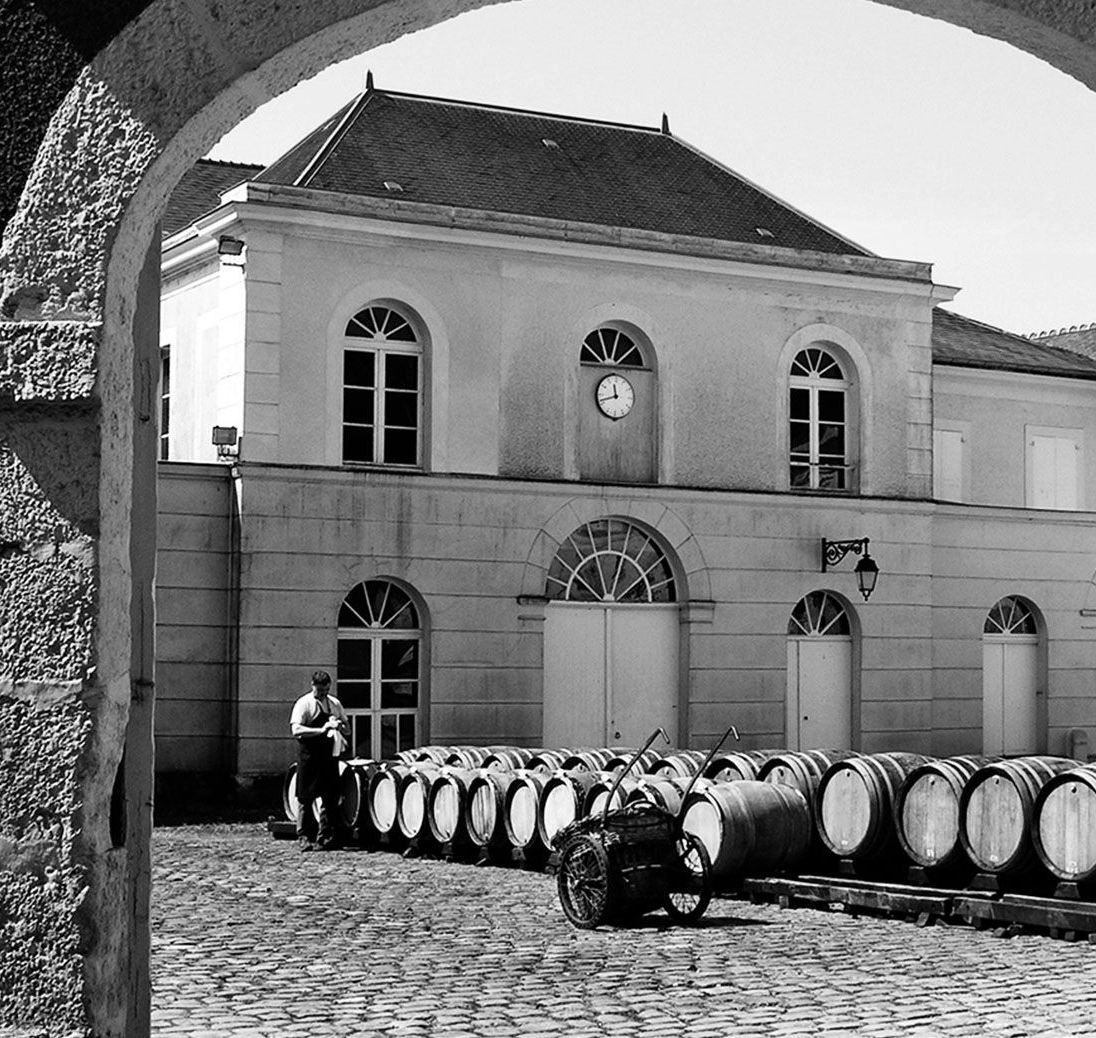
A family of passionate individuals
A history filled with characters
"I drink it when I’m happy and when I’m sad. Sometimes I drink it when I’m alone. When I have company I consider it obligatory. I trifle with it if I’m not hungry and I drink it when I am. Otherwise I never touch it, unless I’m thirsty."
Madame Elisabeth Bollinger, at the London Daily Mail, 17 octobre 1961
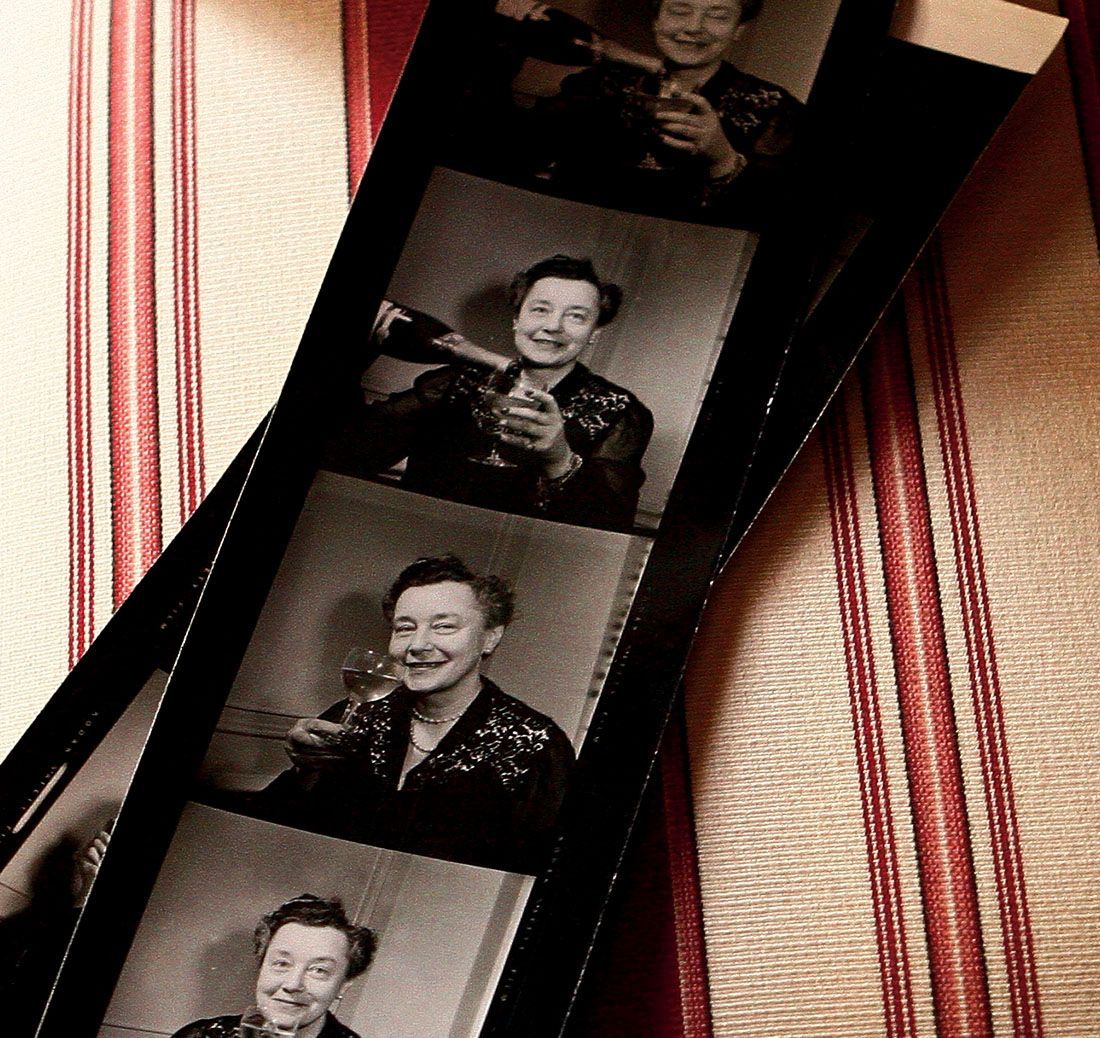
The Bollinger style: an inimitable style
The Bollinger style is inimitable and recognised as such by great connoisseurs, the fruit of rigorous methods and a respect for principles handed down from one generation to the next in a great tradition that has always valued experience above all. This style expresses the aromas of the fruit in all its dimensions. The Bollinger style has a dense and subtle presence, a balance of the intensity of great pinot noirs and the freshness of chardonnays from the Côte des Blancs. Bollinger wines release a creamy effervescence resulting from vinifying in oak barrels and prolonged contact with the yeasts. They guarantee a unique tasting experience that always offers something new. This style stems from a solid base, rooted in 5 tangible principles: the House Vineyards; pinot noir; magnums of reserve wines; the barrels and time.
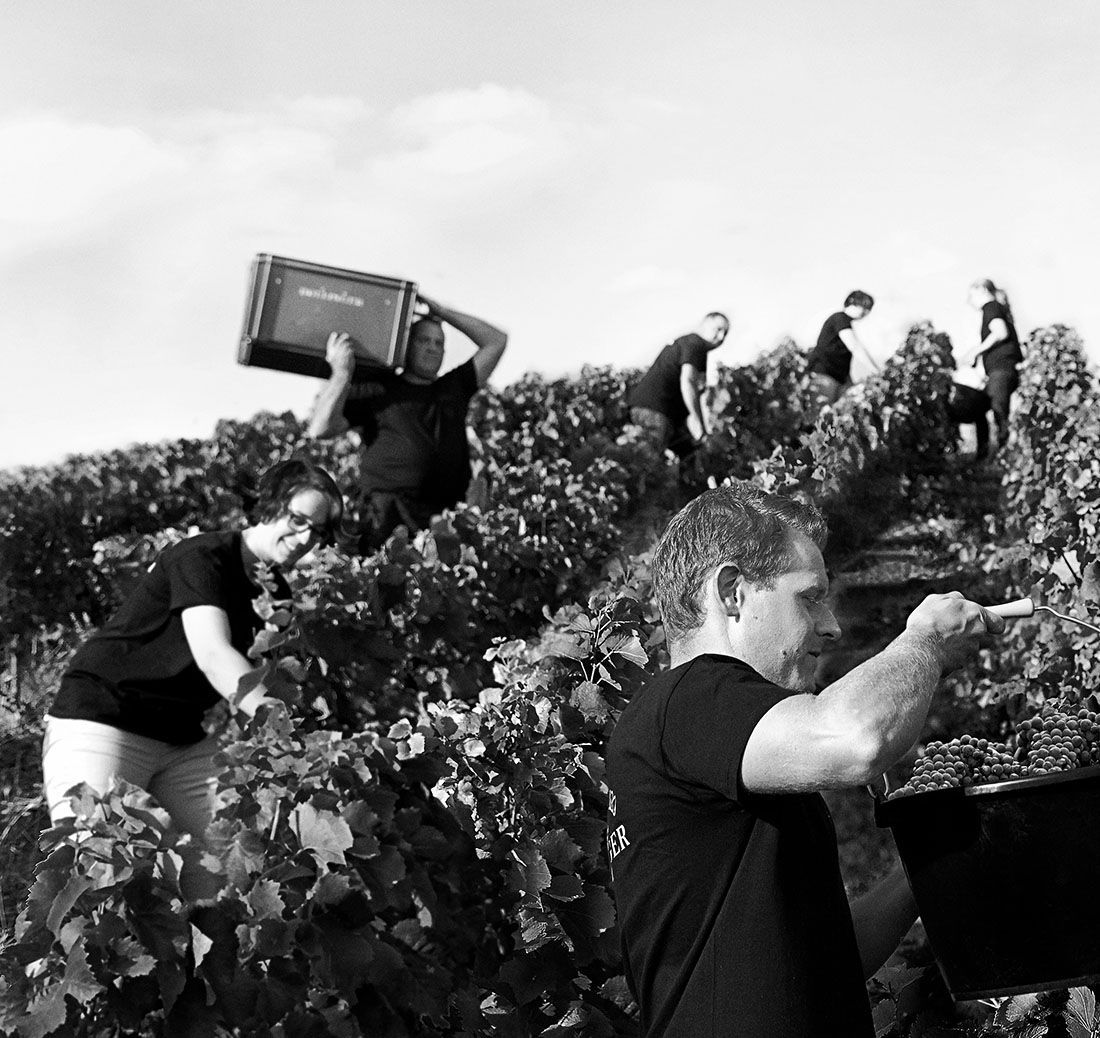
The House Vineyards
Exceptional vineyards built by generation after generation
Over the years, Bollinger has built its vineyards at the heart of the finest crus in Champagne. Champagne Bollinger’s 180 hectares of vines are made up of 85% Grand and Premier crus and are farmed by our teams of growers across 7 separate vineyards: Aÿ, Avenay, Tauxières, Louvois and Verzenay for pinot noir, around the Montagne de Reims, Cuis for chardonnay on the Côte des Blancs and Champvoisy for meunier in the Vallée de la Marne.
Another of Bollinger’s distinctive features are two plots, the Clos Saint-Jacques and Chaudes Terres, which have never succumbed to phylloxera. These ungrafted vines are entirely tended by hand and reproduced using a form of layering called provignage, thereby providing the means to preserve this extraordinary heritage from which the very exclusive Vieilles Vignes Françaises cuvée is produced.
Discover a few emblematic plots
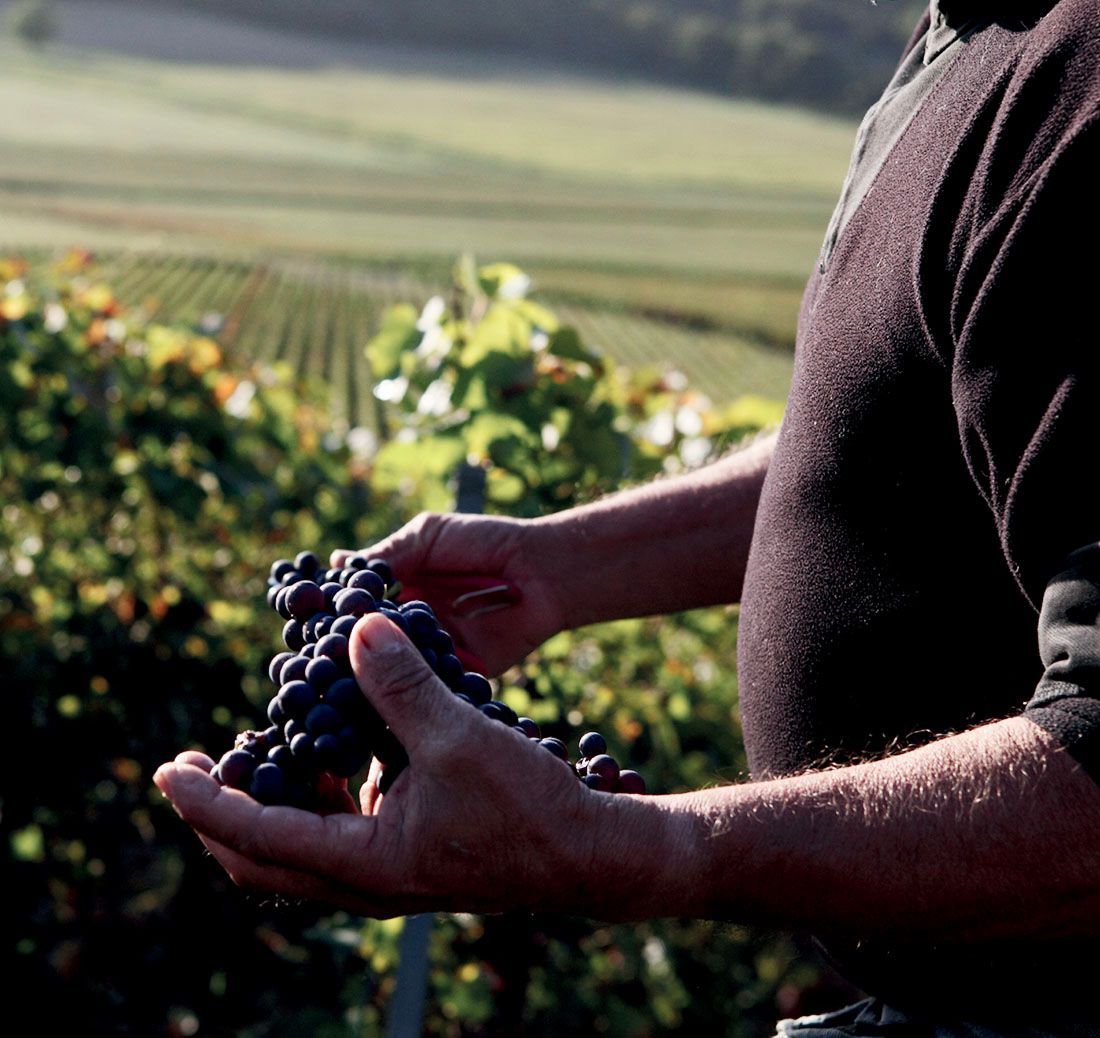
Pinot Noir
The backbone of Champagne Bollinger
Pinot noir is above all a demanding grape: it is fragile, requiring care at every step, and the wines it produces take a very long time to age. Yet Bollinger has built its reputation by showcasing this variety because of the incomparable finesse that pinot noir can bring to a wine.
Today, the pinot noir planted around the Montagne de Reims represents over 60% of the Bollinger vineyards. This also just happens to be the exact proportion it occupies in the Special Cuvée blend! Pinot noir surprises with its multiple facets and, when vinified well, the finesse of its bouquet is revealed. Its unusually high proportion in the blends is a signature of the Bollinger style, to which it lends power, body and vinosity. It has been one of the founding principles of Champagne Bollinger’s identity from the very beginning.
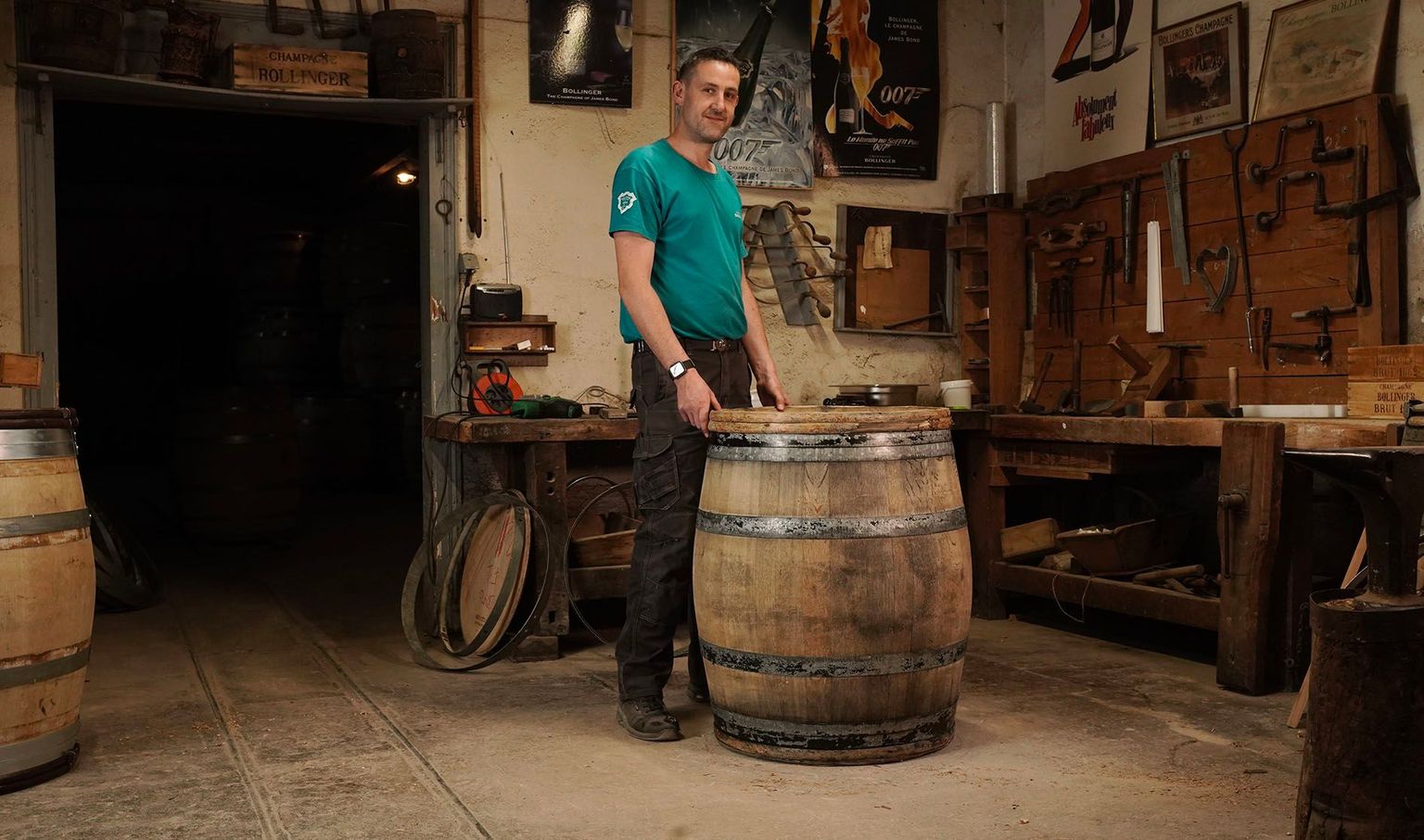
Winemaking in wooden barrels
The Champagne region’s last resident cooper
Entering the Bollinger cooper’s workshop (the last resident cooper of the Champagne region) is like stepping back through time. His neatly organised tools hark back to another age. Cooperage is a highly skilled craft: each one of Bollinger’s 4,000 aged barrels, of which some are nearly 100 years old, requires great attention. Learning to maintain this legacy in perfect condition requires rigorous training, which is why cooperage is a craft that must be passed on to younger generations. Bollinger attaches great importance to preserving this valuable expertise.
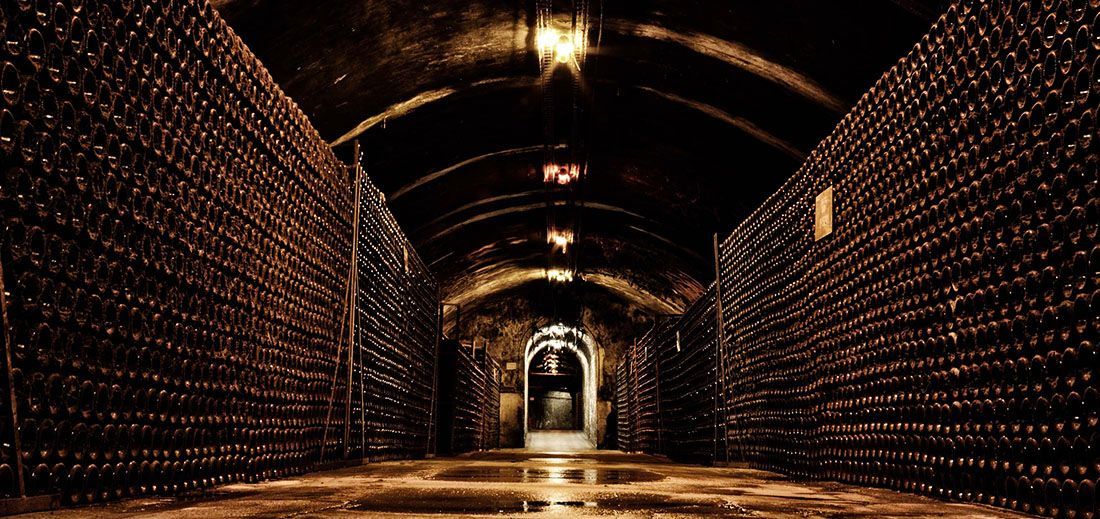
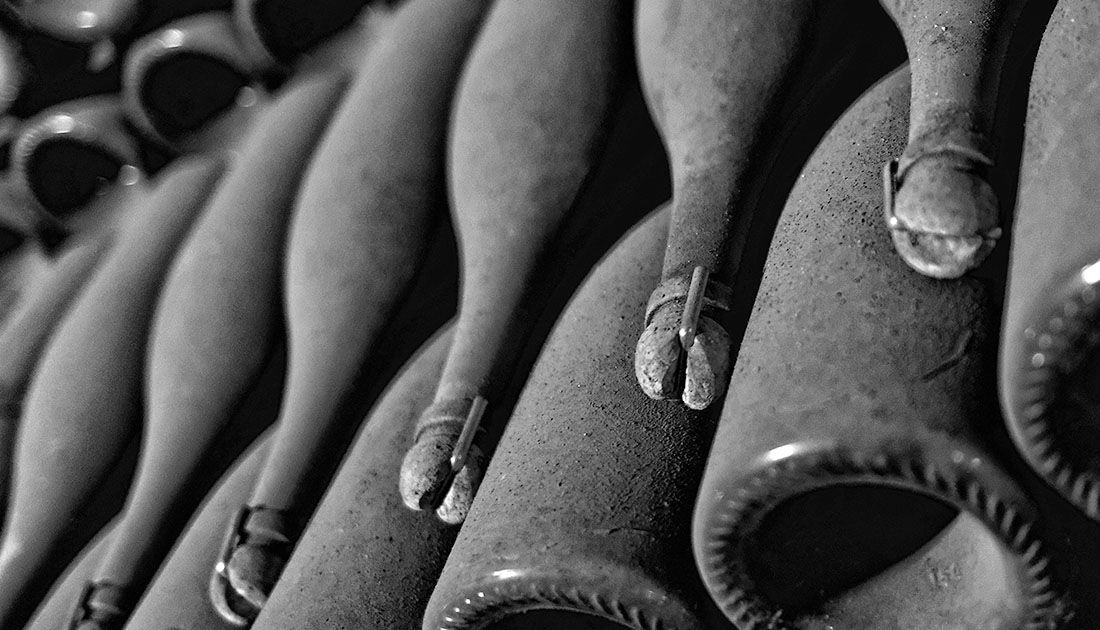
The reserve wines in magnum
The art of reserve.
Champagne Bollinger keeps part of its reserve wines in magnums. Every year, a portion of the best wines joins the exceptional collection of 1 million reserve magnums destined for the Special Cuvée and Bollinger Rosé blends. This method is unique in Champagne, with its use at Bollinger documented since 1890, and is one of the great style markers of the house.
These “aromatic bombs” contribute to the complexity of the non-vintage blends and their consistency over time.
True "aromatic powerhouses," they enhance the complexity and ensure the consistency of non-vintage Champagne blends over time
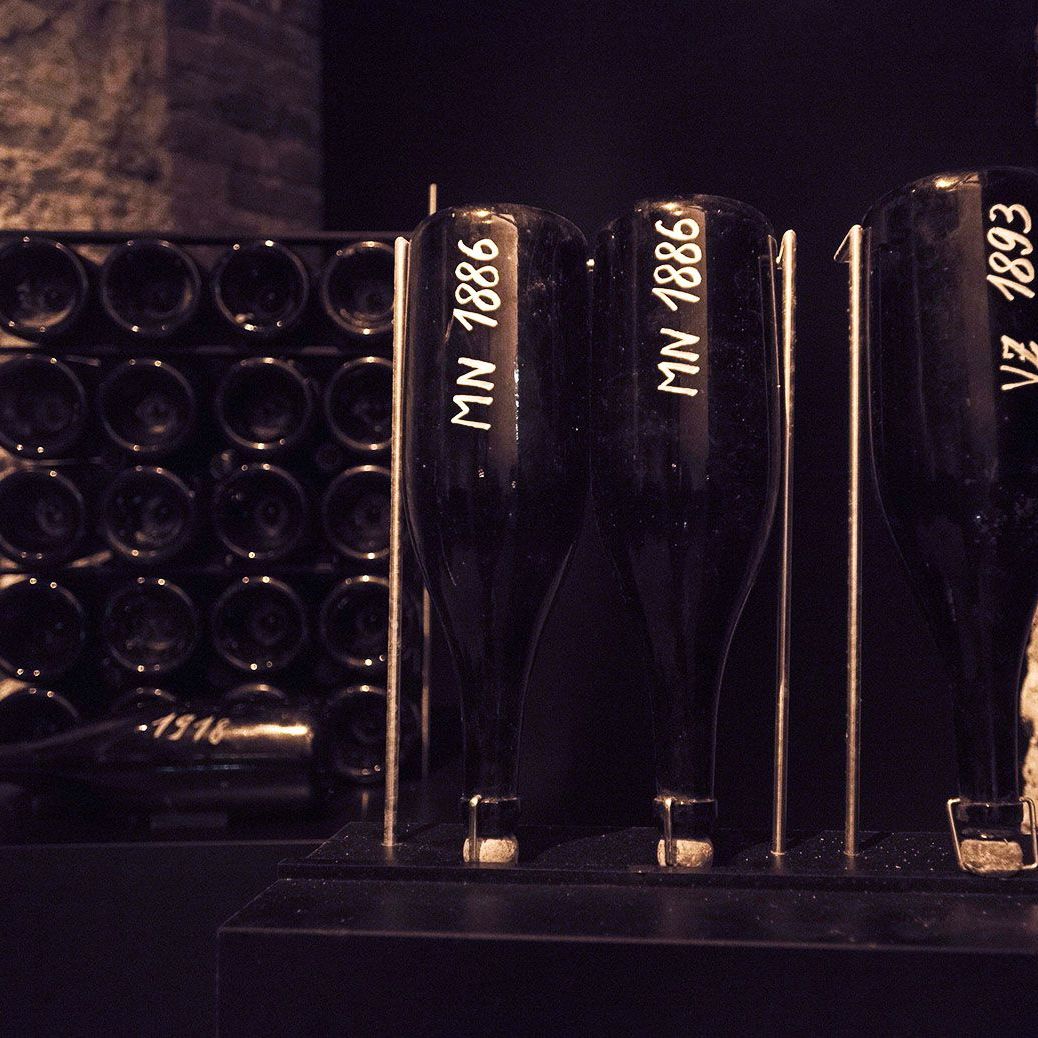
Discover the “forgotten cellar”
and its old vintages
dating back over 150 years
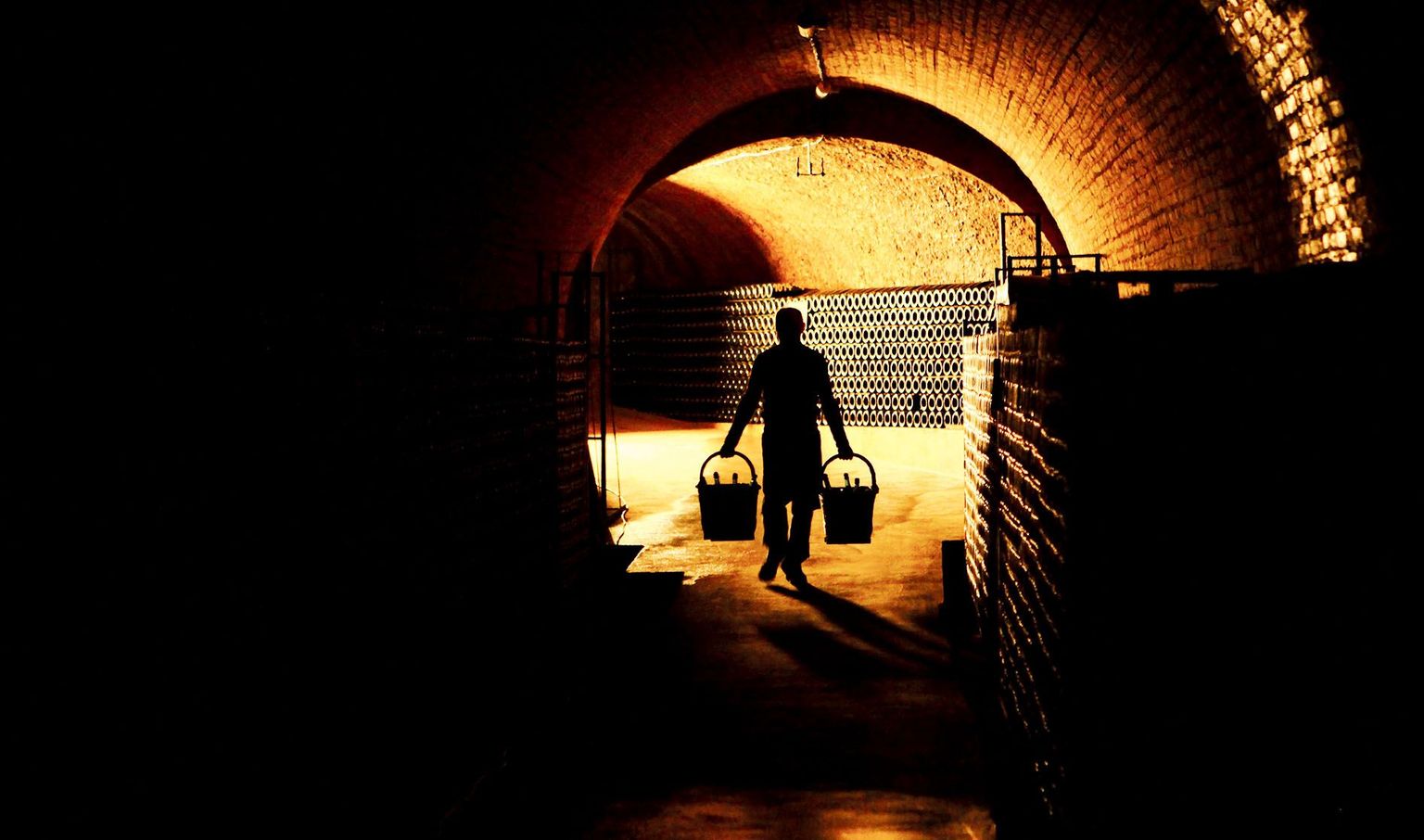
Time
The luxury of time
Only by descending into the subterranean world of the cellars can we fully grasp the importance of time at Bollinger. Firstly, because all the wines
are left to age on the lees for twice or three times as long as stipulated by the Champagne appellation, so that the wine can develop and gain in complexity. It is this long rest that gives that rare delicate quality to the aromas and a velvety texture to the bubbles.
This notion of time does not stop here. At Bollinger we let nature run its course; if the harvest does not reach vintage standards, we wait until the following year or even the year after that, so that quality always prevails over quantity. To take this idea even further, only the La Grande Année vintages with exceptional ageing potential will be left several years longer in the cellars, to become the famous Bollinger R.D. cuvées, delighting the taste buds of the most exacting tasters.
A responsibility anchored in time and a commitment to People, the Earth and our Roots.
A House where wine is a way of life that unites us all
